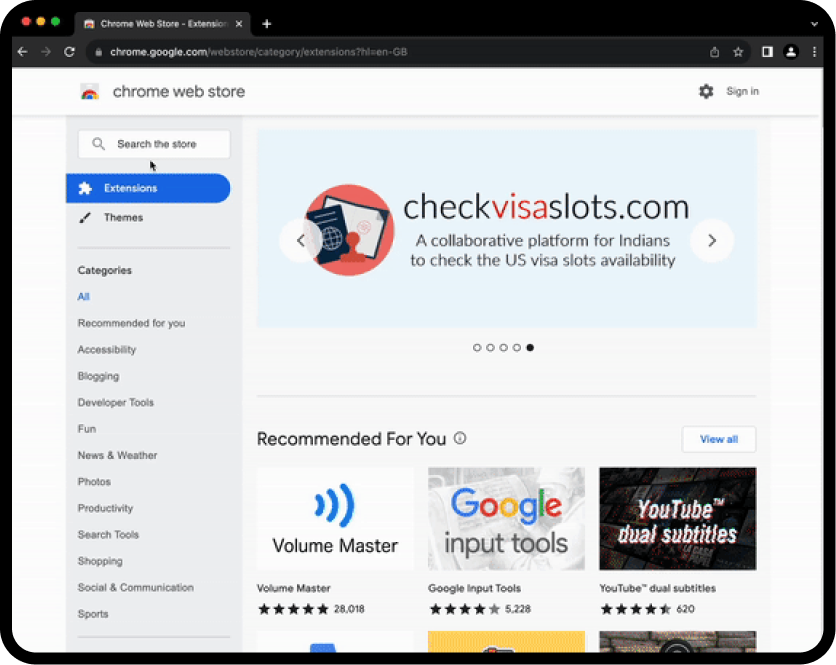DXF to PDF Converter
A CAD-focused tool that converts DXF to PDF, targeting engineers and designers who need printable, shareable CAD drawings without losing geometry.

Check It Yourself
About This Tool
Purpose & User Intent: This DXF to PDF converter solves the need to produce universally viewable, printer-ready PDFs from DXF CAD drawings. Target users include engineers, drafters, architects, contractors, and project managers who must share drawings with clients or suppliers lacking CAD software. Use occurs when it is essential to preserve geometry, scale, and visibility of CAD entities while providing a portable file format for review, archival, or printing.
Core Logic & Features: The tool implements a 2D DXF parser that reads common entities: LINES, POLYLINE/LWPOLYLINE, ARC, CIRCLE, TEXT, MTEXT, and HATCH. It converts units to PDF points, computes a bounding box, and places drawing on a defined page layout. Features: required—DXF ingestion, 2D rendering, unit conversion, page sizing and orientation, layer preservation, and vector PDF output. Optional/advanced—batch processing, layer filtering, color and line-type mapping, font embedding or substitution, text as curves, per-layer visibility, and DPI-based rasterization if needed. It supports DXF versions from R12 to modern releases and aims to keep output as vector whenever possible for print-quality results.
Inputs & Outputs: Input: DXF file (required), page_size, orientation, scale, include_layers, layer_filter, output_name, embed_fonts (optional). Outputs: output_pdf (binary), page_count, final_size, produced_units. The tool uses a deterministic mapping from model coordinates to PDF coordinates, ensuring scale consistent across pages in multi-page exports.
Algorithms & Calculations: The conversion uses coordinate transformation matrices, units normalization (DXF units to points), and a fit-to-page algorithm respecting user scale. Error & Edge Cases: Unrecognized DXF entities are ignored with a non-fatal warning; missing input produces error; extremely large drawings may be tiled; conflicting layer names map to requested filter; text not embedded may be converted to outlines. Industry/Region & Localization: Uses ISO 32000 for PDF, metric and imperial handling, supports common CAD page sizes; ensures decimal separators are period; assumes DXF units per standard CAD workflows. Assumptions & Exclusions: 2D only; 3D entities ignored; textures or shading not preserved; no interactive features; batch limits apply per session.
How to Use
1) Provide inputs by uploading a DXF file or selecting from storage
2) Choose output settings: page size, orientation, scale, and layer handling
3) Run conversion
4) Preview and adjust if needed
5) Download PDF or share link

FAQs/Additional Resources
Find Quick Answers
What input formats are supported?
Can I batch convert?
Does it preserve CAD layers and line weights?
What output options exist?
User Reviews
See What Others Are Saying
Explore Related Tools
More Solutions for Your Needs
EPUB Converter
A file tool that converts EPUB ebooks to multiple formats for readers, publishers, and developers seeking quick, lossless results.
English (US)
Transforms EPUB ebooks into MOBI format for Kindle and compatible readers, enabling quick, offline or online conversion for authors and readers.
Your Feedback Matters
Help Us to Improve

 Norwegian
Norwegian
 Danish
Danish
 German
German
 English
English
 Spanish
Spanish
 French
French
 Italian
Italian
 Dutch
Dutch
 Portuguese
Portuguese
 Swedish
Swedish
 Hebrew
Hebrew
 Arabic
Arabic









